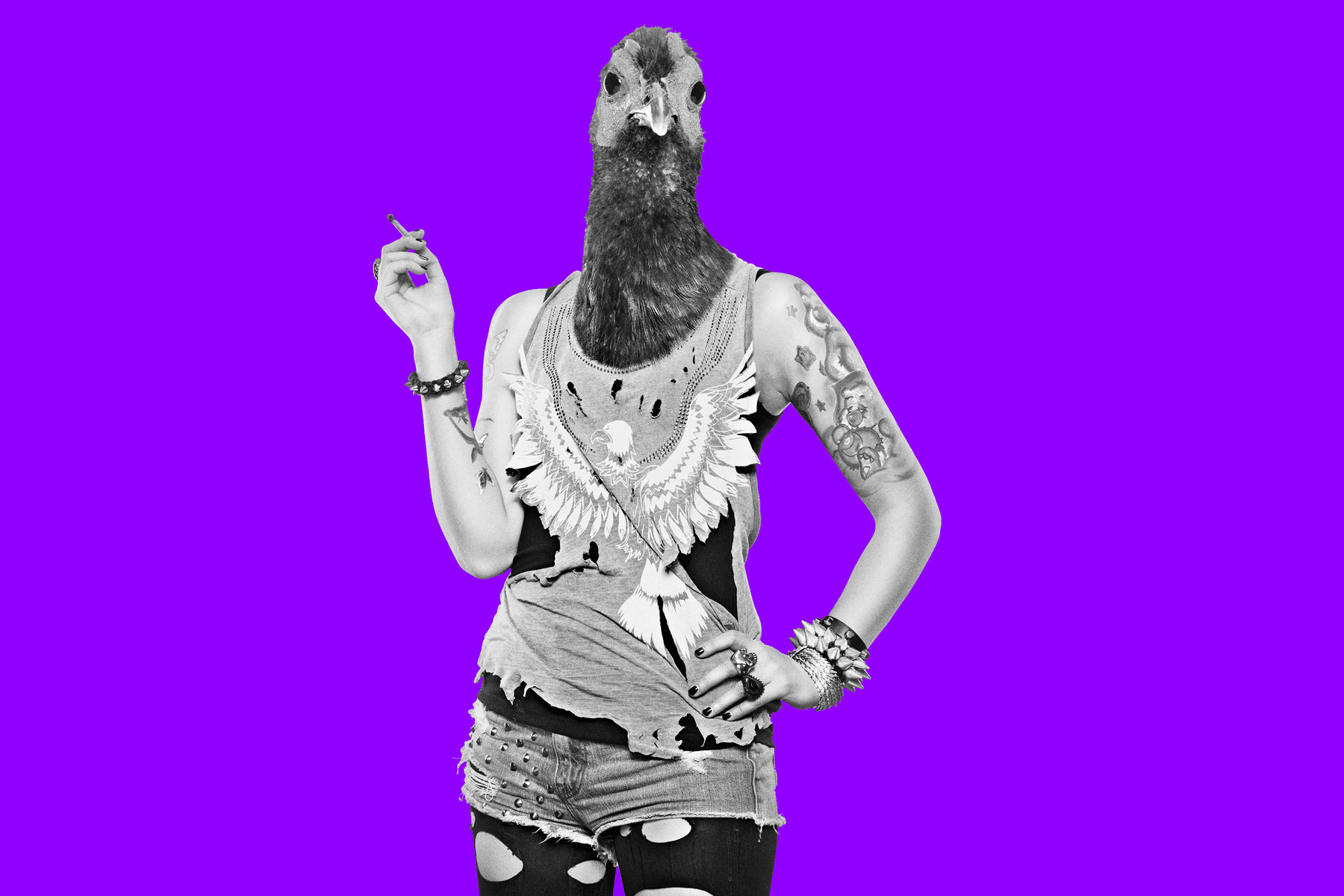
Archetype or Stereotype?
Notes on Branding
Ronja, the robber’s daughter. Katniss Everdeen. James Dean. Robin Hood.
Why do these characters, who are so different, feel so similar, so familiar? At their core, they are all driven by the same things: independence, questioning of established norms and conventions, and a strong sense of justice. They all embody the same archetype: the rebel.
A shared story
The concept of archetypes originated with the Swiss psychologist Carl Gustav Jung. According to him, there is a grid that connects all human experience – regardless of time, culture or place. C.G. Jung believed that we humans, in all our diversity and individual dreams, draw from a common experience: the collective unconscious. Certain elements, dream components and symbols, he hypothesised, mean the same thing to all people who experience them. These motifs are condensed into archetypes, which represent different patterns of behaviour and motivations.
An archetype is therefore a recurring pattern, symbol or motif and functions as a kind of prototype that describes universal patterns in the human soul. Well-known archetypes include the hero, the mentor and the explorer.
The creation of something new is not accomplished by the intellect but by the play instinct acting from inner necessity. The creative mind plays with the objects it loves.
C. G. Jung
In film, literature and branding, working with archetypes is a popular way to develop the personality of a character or brand. Unfortunately, when creating a story and building on universal motifs, it is all too easy to unconsciously slip into stereotypical narrative structures. But what is the difference between an archetype and a stereotype?
Getting out of the box
Although the terms are often (mistakenly) used interchangeably, they could even be considered opposites. An archetype is the essence of a character, which can be expressed in many ways. It is the basis for the development of complex, deep and individual characters.
A stereotype, on the other hand, reduces an individual or even an entire group to superficial, simplified characteristics. This can be an oversimplified representation of a gender, a religious group, an ethnic community or a profession. In the worst cases, we allow stereotypes to guide our perceptions and actions without ever questioning them critically.
The single story creates stereotypes, and the problem with stereotypes is not that they are untrue, but that they are incomplete. They make one story become the only story.
Chimamanda Ngozi Adichie
The difference between the two concepts becomes even clearer when you compare two characters based on the same archetype: Robin Hood and Katniss Everdeen from the Hunger Games trilogy. Both are resourceful, have clear moral principles and rebel against the existing order. However, they are no simple copies of one another:
Robin Hood is described as a charismatic and confident gentleman who even accompanies those he steals from back home. Katniss, on the other hand, quickly feels overwhelmed in situations where she is the centre of attention. She is reserved and introverted. The two are similar in motivation and nature, but fundamentally different in expression.
A recipe against superficiality?
It is important to remember that an archetype does not deliver a blueprint for a character that can be followed 1:1. Rather, an archetype provides the basic ingredients, but leaves room for experimentation, deviation and development.
It is important to allow personalities to be rough around the edges – both in the development of a brand, a character, and in real life. By maintaining this openness, you run less risk of turning your people or characters into stereotypes.

Andrea Holzner
Author
holznerandrea.de

Andrew Rinkhy
Photography
andrewrinkhy.com

Florian Hämmerle
Image Concept
